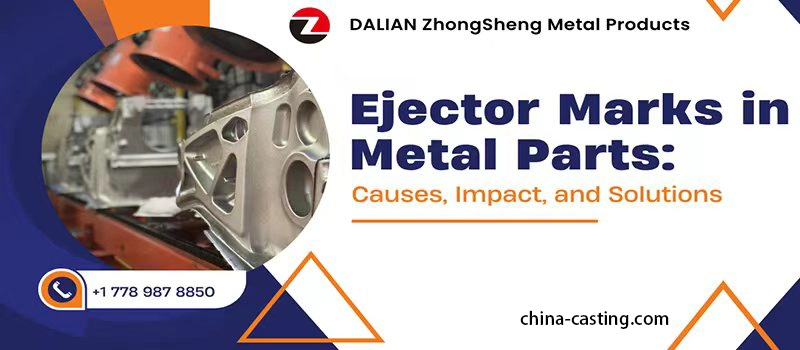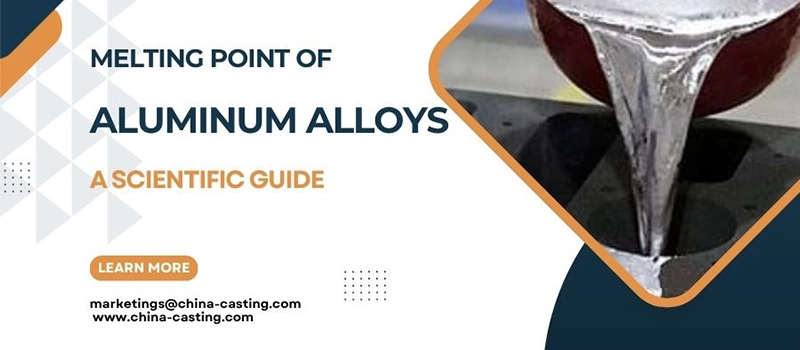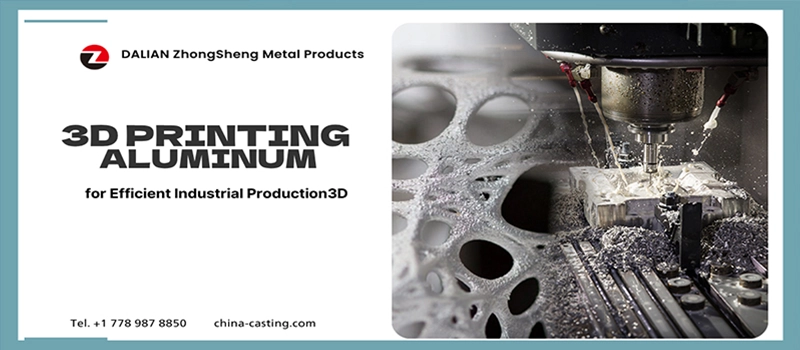A recent study published in the Journal of Manufacturing Processes revealed that over 35% of errors in complex part machining are caused by axis limitations and repeated re-clamping [Source]. As industrial designs become more compact and functionally demanding, traditional 3 or 5-axis machines often fall behind. 7 axis CNC machining solves this by enabling simultaneous multi-directional movement across seven axes, reducing setup time and boosting surface accuracy. This breakthrough technique is now critical in fields like aerospace, automotive, and medical where precision is non-negotiable.
What Is a 7 Axis CNC Machine?
7 axis CNC machining refers to an advanced form of computer numerical control (CNC) manufacturing that allows tools and workpieces to move in seven different directions or axes simultaneously. While traditional CNC machines operate along three axes (X, Y, Z), and more advanced versions may use five axes (adding rotation around X and Y), a 7-axis CNC machine adds two additional degrees of freedom—often a rotary axis for the tool head and an additional linear or rotational axis for the workpiece. This creates a highly flexible machining environment capable of producing extremely intricate geometries in a single setup.
In most standard CNC systems, parts that require complex shapes or undercuts often demand multiple fixturing steps, tool changes, and re-clamping. These not only introduce dimensional inaccuracies but also extend machining time. A 7-axis system dramatically simplifies this. It enables the machine to contour, tilt, rotate, and cut simultaneously from virtually any angle without interrupting the operation. This is particularly useful when working with complex 3D profiles, compound curves, or hard-to-reach internal features.
The seven axes typically involved in such a machine are:
- X-axis – Left/right linear movement
- Y-axis – Front/back linear movement
- Z-axis – Up/down linear movement
- A-axis – Rotation around the X-axis
- B-axis – Rotation around the Y-axis
- C-axis – Rotation around the Z-axis
- E-axis (or U-axis) – An additional rotation or linear movement, often for the tool or workpiece positioning
Unlike 5-axis machines, which already allow significant rotational capability, the 7-axis CNC machine allows for simultaneous compound rotations that replicate human arm-like motion. This flexibility is essential for manufacturing parts with organic contours or irregular surfaces, such as turbine blades, orthopedic implants, or sculpted automotive components. Because all operations can occur in one setup, errors caused by repositioning are almost entirely eliminated.
The implementation of 7-axis CNC machining requires not only advanced machinery but also a highly capable control system, typically integrated with CAM (Computer-Aided Manufacturing) software capable of processing multi-axis tool paths. According to [source placeholder], the demand for 7-axis machining systems is growing rapidly in Europe, North America, and East Asia, particularly in aerospace and medical manufacturing sectors where performance, tolerances, and material efficiency are non-negotiable.

In short, a 7 axis CNC milling machine represents the pinnacle of subtractive manufacturing precision. It brings together engineering complexity and operational efficiency, giving manufacturers the ability to produce complex parts faster, more accurately, and with fewer resources than ever before.
How 7 Axis CNC Machining Works
Understanding the Motion Complexity of 7 Axis CNC Machining
To fully grasp the power of 7 axis CNC machining, it’s crucial to understand how these seven axes interact in real-time. Unlike standard CNC machines, which operate on three linear paths (X, Y, Z), a 7 axis CNC machine operates with three linear movements and four rotational axes. This allows the tool and the part to rotate or tilt simultaneously during machining. The additional rotary axes (commonly A, B, and C) and the auxiliary E or U axis grant the machine the agility to perform undercutting, multi-angle drilling, and compound surfacing without the need to stop or reorient the part.
Simultaneous Multiaxis Interpolation
The core strength of 7-axis CNC machining lies in its real-time interpolation ability—meaning all seven axes can be activated and coordinated simultaneously by the machine’s controller. This real-time coordination enables the tool to “follow” a 3D contour, such as the curved inner surface of a turbine housing, or the bone-matching curvature of a custom orthopedic implant. These are not theoretical use cases; they are real industrial applications that prove the necessity of 7 axis CNC milling machines in advanced part production.
Role of the CNC Controller in 7 Axis Machining
A standard CNC controller cannot process the vast data required for seven-axis interpolation. Therefore, 7 axis CNC machines are always paired with high-level controllers—often featuring 5D+ toolpath simulation, real-time feedback systems, and dynamic load compensation. These controllers work hand-in-hand with CAM software, which must generate complex G-code files to manage not just positional data, but also dynamic rotational velocity, acceleration, and vector angle during movement. Without such synergy, 7 axis CNC machining would not be practical in any production environment.
Tool Path Optimization and Collision Avoidance
One of the biggest challenges in multi-axis machining is collision. When both the tool and the part are rotating, real-time calculations are necessary to avoid crashes. 7 axis CNC machining utilizes predictive collision detection algorithms and digital twin simulation before actual production. This is particularly valuable in industries where both tooling and raw material are expensive—like titanium aerospace parts or stainless steel orthopedic frames. These systems help manufacturers prevent costly errors before they happen, thereby increasing production safety and profitability.
Thermal Compensation and Real-Time Correction
Advanced 7 axis CNC machines often include thermal drift compensation. Since machine temperature can affect tolerance, the system is equipped with sensors to monitor temperature changes across the axes. These data are used to adjust the tool path in real-time, maintaining precision down to microns. In 7 axis CNC machining, even the smallest distortion can compromise the part’s function—especially in high-load or fluid dynamic components.
The Synchronization of Mechanics and Software
Ultimately, the precision of 7 axis CNC machining is not just a result of hardware complexity but the harmony between mechanics and software. The success of machining a complex impeller, for example, depends on how accurately the CAM software defines the rotational paths, how sensitively the controller executes them, and how rigidly the machine holds the workpiece under dynamic stress.
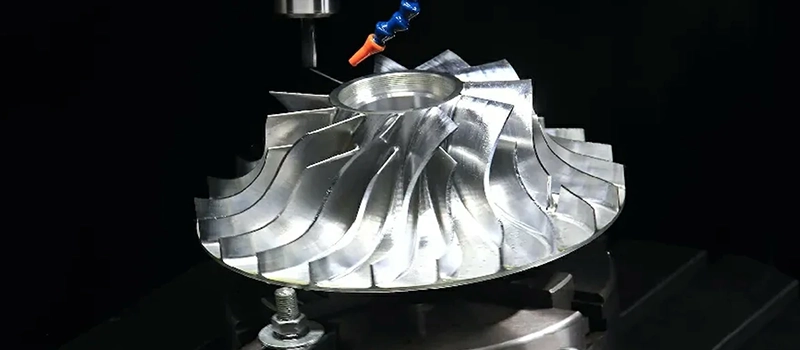
By leveraging all seven axes simultaneously, manufacturers can dramatically reduce processing time, eliminate secondary operations, and achieve surface finishes that would otherwise require polishing or EDM. This makes 7 axis CNC machining an essential capability—not just a luxury—for companies producing high-performance components in modern industry.
Advantages of 7 Axis CNC Machining
Unmatched Geometric Flexibility
The primary advantage of 7 axis CNC machining is its ability to produce highly complex geometries in a single uninterrupted operation. Traditional machining often requires multiple setups to access different surfaces or angles of a part. Each additional setup introduces a risk of misalignment or dimensional variation. In contrast, a 7 axis CNC machine allows simultaneous rotation and movement in all seven directions, providing complete access to the workpiece without repositioning. This ensures consistent precision across the entire surface, regardless of how intricate the part design may be.
One-Setup Processing Reduces Errors
By eliminating the need for multiple clamping and resetting operations, 7 axis CNC machining drastically reduces the cumulative tolerance errors that often plague traditional setups. In industries where accuracy is measured in microns—such as medical implants or aerospace components—this is not just a bonus; it is a necessity. A single-setup approach ensures higher part-to-part consistency, shortens lead time, and minimizes the likelihood of operator-induced errors.
Enhanced Surface Finish and Material Efficiency
Another key advantage of using a 7 axis CNC milling machine is the ability to maintain optimal cutting angles throughout the machining process. Since the tool orientation can be adjusted continuously in real-time, surface contact is kept consistent, resulting in superior surface finishes. In many cases, this eliminates the need for secondary polishing or grinding. Additionally, optimized tool paths reduce unnecessary material removal, which saves both raw material and tool life—especially important when machining expensive alloys like titanium or Inconel.
Shorter Production Times and Faster Prototyping
Because a 7 axis CNC machine can perform multiple operations in parallel or within a continuous tool path, production cycles are significantly shorter compared to conventional methods. This is particularly beneficial for industries with high customization needs or short time-to-market requirements. Prototypes that would otherwise take weeks to produce using multiple setups can be completed in days with 7 axis CNC machining, without compromising quality.
Lower Labor and Fixture Costs
Traditional machining often relies on custom jigs, fixtures, and manual intervention to secure and reorient the workpiece. These costs—both in terms of labor and manufacturing—add up quickly, especially in low- to mid-volume production. With 7 axis CNC machining, parts can be machined with minimal fixturing, as the machine itself can rotate and reposition the part dynamically. This reduces dependence on manual processes and lowers overall production cost.
Greater Repeatability for Complex Production Runs
Once a machining program is validated for a 7 axis CNC machine, it can be executed repeatedly with extremely high consistency. This level of repeatability is difficult to achieve with machines requiring manual repositioning. In industries where every component must perform identically—such as in hydraulic assemblies or precision optical mounts—this is a game-changer.

Scalable to Low and High Volume Production
Whether it’s a one-off prototype or a full-scale production run, 7 axis CNC machining can be scaled effectively. The high initial investment in setup and programming pays off quickly due to reduced cycle times, increased yield, and minimal rework. For companies looking to balance flexibility with throughput, 7-axis machining offers an optimal solution.
In summary, the benefits of 7 axis CNC machining go beyond mere technical sophistication. They touch every stage of the manufacturing process—from design feasibility and prototyping to mass production and long-term operational efficiency. It is this all-encompassing value that positions 7-axis CNC machines as a vital tool in the modern industrial ecosystem.
7 Axis CNC Machine vs. 3/4/5 Axis Systems
Comparative Overview of Axis-Based CNC Systems
| Feature / Criteria | 3 Axis CNC | 4 Axis CNC | 5 Axis CNC | 7 Axis CNC |
|---|---|---|---|---|
| Number of Movable Axes | X, Y, Z | X, Y, Z + A or B | X, Y, Z + A + B or A + C | X, Y, Z + A + B + C + E/U |
| Multi-Surface Machining | ❌ No | ⚠️ Limited | ✅ Supported | ✅ Full multi-directional access |
| Reclamping Needed | ✅ Often | ✅ Often | ⚠️ Depends on part geometry | ❌ Rarely needed with single setup |
| Complex Geometry Capability | ❌ Low | ⚠️ Moderate | ✅ High | ✅✅ Extreme – Freeform & organic shapes |
| Machining Efficiency | ❌ Slow | ⚠️ Moderate | ✅ Fast | ✅✅ Fastest with reduced idle time |
| Surface Finish Quality | ⚠️ Requires post-processing | ⚠️ Sometimes requires | ✅ Smooth for most parts | ✅✅ Mirror-like finish in one pass |
| Programming Complexity | ✅ Simple | ⚠️ Moderate | ⚠️ High | ❗️ Very High – Advanced CAM required |
| Target Industries | General machining | Furniture, Simple parts | Aerospace, Medical, Automotive | Aerospace, Medical, Defense, Precision castings |
| Automation & Intelligence | ❌ Low | ⚠️ Medium | ✅ High | ✅✅ Highest – thermal compensation, AI logic |
| Best for | 2D shapes, flats | Multi-sided drilling | Curved surfaces, impellers | Intricate internals, organic structures |
| Google Keyword Growth | 📉 Decreasing | ⚖️ Stable | 📈 Growing | 🚀 Fastest-growing CNC-related search term |
Why 7 Axis CNC Machining Stands Apart
7 axis CNC machining is more than an incremental improvement—it’s a technological leap. Compared to 5-axis machines, which already offer exceptional movement flexibility, 7-axis machines introduce continuous part rotation or repositioning in real time. This eliminates secondary setups and allows for uninterrupted tool paths that adapt dynamically to even the most irregular part geometries.
Parts that require deep internal cavities, undercuts, freeform surfaces, or eccentric profiles—traditionally difficult or impossible with conventional setups—can now be produced in one pass with 7 axis CNC machining. This reduces lead time, improves accuracy, and virtually eliminates human error.
For manufacturers in sectors like aerospace, surgical instruments, and high-performance automotive components, this capability is critical. When tolerances are in microns and shapes are nonlinear, 7 axis CNC machines aren’t a luxury—they’re essential.
What Can Be Made on a 7 Axis CNC Milling Machine?
From Complexity to Capability: Unlocking New Product Possibilities
A 7 axis CNC milling machine unlocks possibilities that are simply not achievable with conventional 3-, 4-, or even 5-axis systems. The combination of simultaneous linear and rotary motion allows for the creation of parts with highly intricate geometries, compound curves, deep internal cavities, and variable wall thickness—all in one uninterrupted setup.
This makes 7 axis CNC machining indispensable for industries where performance, safety, and innovation converge. Below are examples of what can be produced using this advanced machining capability.
Need Help? We’re Here for You!
Aerospace Components
Precision is paramount in aerospace, where failure is not an option. 7 axis CNC machines are used to manufacture complex parts such as:
- Jet engine turbine blades with twisted aerodynamic profiles
- Structural brackets with weight-saving internal cavities
- Fuel nozzles with compound drilling angles
- Gearboxes and casings requiring precise hole alignment
The ability to process high-strength materials like titanium and Inconel with minimal vibration and high-speed stability gives 7 axis CNC machining an edge in this high-stakes sector.
Medical Devices & Implants
In the medical field, components must not only be functional but also perfectly customized to the human body. 7 axis CNC milling machines can create:
- Orthopedic implants (hip joints, bone plates, spinal cages)
- Surgical instruments with ergonomic contours
- Dental components and cranial implants
- Complex internal features with zero sharp edges
Because these parts often involve organic shapes and are made from biocompatible materials like stainless steel or titanium, 7 axis CNC machining offers both the freedom of design and the confidence of precision.
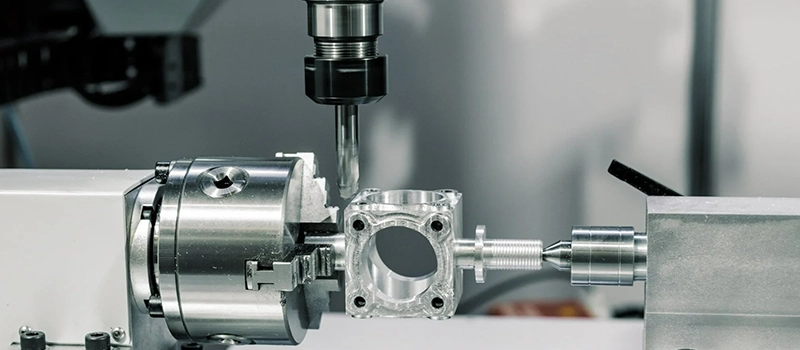
Automotive & Motorsport Parts
High-performance automotive applications demand lightweight yet robust components. The flexibility of a 7 axis CNC machine enables:
- Custom exhaust manifolds with tight bend radii
- Engine cylinder heads with intricate cooling channels
- Suspension arms and knuckles with optimized topology
- Turbocharger housings with flow-optimized internals
In motorsport, where innovation must be rapid and reliable, 7 axis CNC machining provides speed, repeatability, and design freedom.
Tooling, Dies & Molds
Complex molds and tools often require undercuts, deep cavities, and compound surfaces. 7 axis CNC machines excel in producing:
- Injection mold cavities with variable draft angles
- Stamping dies with contoured parting lines
- Blow molds for asymmetric product shapes
- EDM electrodes with multi-surface detail
The ability to machine these in a single setup ensures accuracy and reduces lead time for tooling departments.
Artistic & Architectural Components
Even in art and architecture, 7 axis CNC machining has found a place. It allows for:
- Sculptural forms in metal, stone, or wood
- 3D relief panels with high depth precision
- Complex joinery systems for modern architectural designs
- Custom metal facade elements with organic shapes
These projects often require tool paths that mimic hand movements—something only 7 axis CNC machines can replicate with consistency.
Conclusion
7 axis CNC machining is not just an evolution of traditional CNC—it’s a complete shift in how modern manufacturers approach complexity. By allowing simultaneous movement across seven axes, it enables the production of parts with intricate geometries, internal cavities, and compound surfaces—all in a single setup. This significantly reduces errors, improves surface quality, and speeds up production cycles.
As industries like aerospace, medical, and high-performance automotive demand tighter tolerances and shorter lead times, manufacturers using 7 axis CNC machines will stand at the forefront of innovation. Investing in this capability isn’t simply about having advanced equipment—it’s about enabling smarter, faster, and more reliable manufacturing processes that meet the future of global industry.


